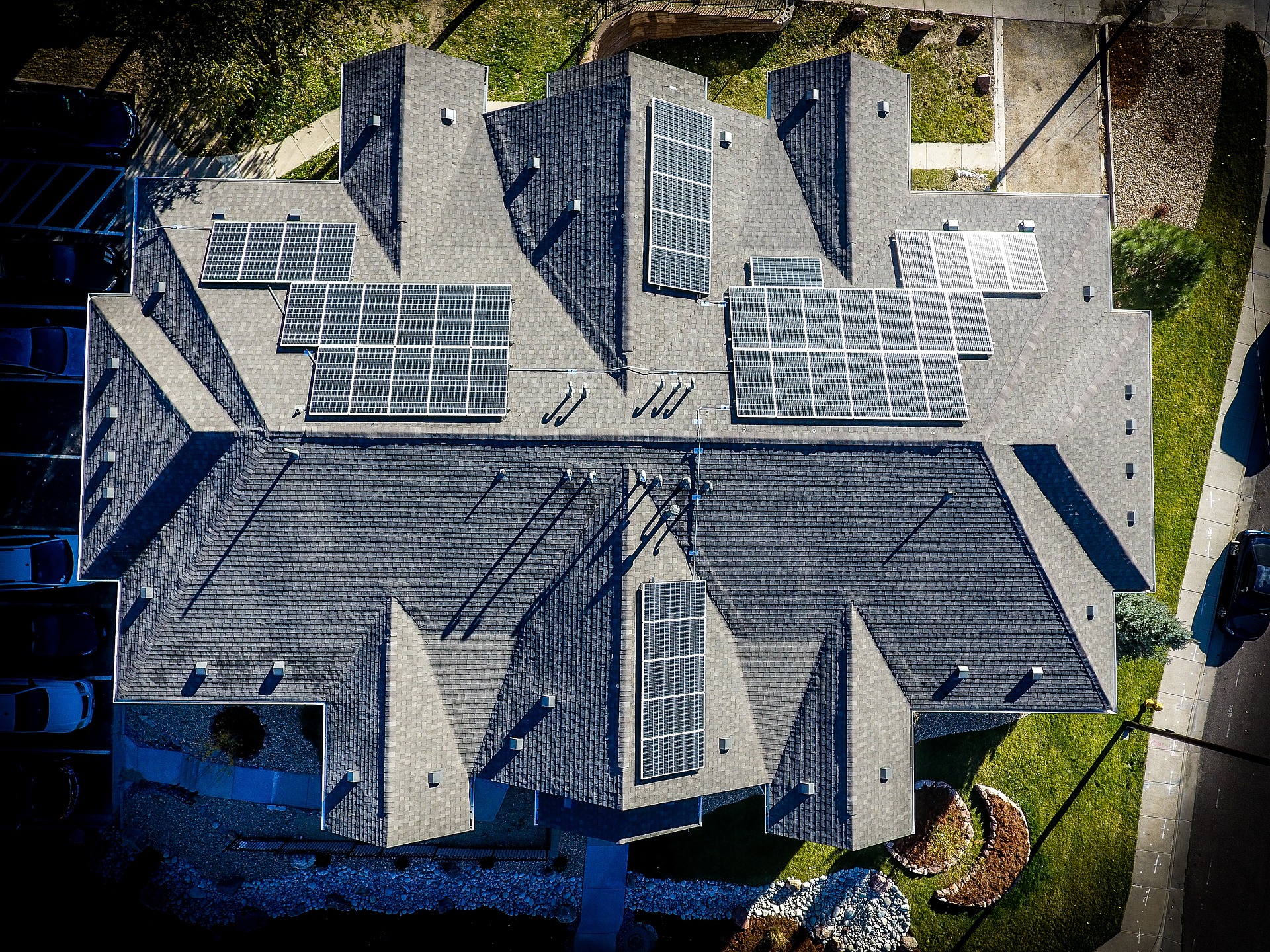Harnessing the Sun: How Solar Roofs Transform Home Energy
Solar roofs are revolutionizing the way homeowners think about energy consumption and sustainability. These innovative systems seamlessly integrate photovoltaic cells into roofing materials, offering a sleek, efficient alternative to traditional solar panels. As more households seek eco-friendly solutions, solar roofs are emerging as a powerful tool for reducing carbon footprints and energy bills alike.

The Evolution of Solar Technology
Solar technology has come a long way since its inception. Early solar panels were bulky, inefficient, and often considered an eyesore. Today’s solar roofs, however, are a testament to technological advancement. They blend seamlessly with existing architecture, offering aesthetically pleasing designs that don’t compromise on power generation. This evolution has made solar energy more accessible and appealing to a broader range of homeowners.
How Solar Roofs Work
At their core, solar roofs function similarly to traditional solar panel systems. They capture sunlight and convert it into electricity through photovoltaic cells. The key difference lies in their integration with the roof itself. Instead of mounting panels on top of existing shingles, solar roofs replace a portion or all of the conventional roofing material with solar tiles or shingles. This integration not only enhances the roof’s appearance but also maximizes the surface area available for energy production.
Benefits of Installing a Solar Roof
The advantages of solar roofs extend beyond environmental considerations. Homeowners can enjoy significant reductions in electricity bills, with some systems capable of generating excess energy that can be sold back to the grid. Additionally, solar roofs can increase property values, making them an attractive investment for those looking to enhance their home’s market appeal. The durability of solar roofing materials also offers improved protection against the elements, potentially extending the life of the roof.
Considerations Before Installation
Before diving into a solar roof installation, several factors warrant careful consideration. The initial cost can be substantial, though various incentives and long-term savings often offset this investment. Homeowners should assess their roof’s condition, orientation, and sun exposure to determine suitability. Local regulations and homeowners’ association rules may also impact installation possibilities. It’s crucial to work with reputable installers who can provide accurate assessments and quality workmanship.
The Future of Residential Solar Energy
The solar roof industry is poised for significant growth as technology continues to advance. Innovations in energy storage solutions, such as high-capacity batteries, are making it possible for homes to rely even more heavily on self-generated power. As production scales up and efficiency improves, we can expect to see solar roofs become increasingly affordable and widespread, potentially reshaping the residential energy landscape in the coming years.
Comparing Solar Roof Options
When considering a solar roof installation, it’s essential to compare different products and providers to find the best fit for your home. Several companies offer solar roof solutions in the United States, each with unique features and pricing structures. Let’s examine some of the leading options available to homeowners.
| Product | Provider | Cost Estimation |
|---|---|---|
| Solar Roof | Tesla | $40,000 - $70,000 for average home |
| DecoTech Solar Roofing | GAF Energy | $30,000 - $50,000 for average home |
| Timberline Solar Roof | GAF Energy | $35,000 - $60,000 for average home |
| SunTegra Tile | SunTegra | $25,000 - $45,000 for average home |
Note: These cost estimations are approximate and can vary significantly based on factors such as roof size, location, and energy requirements. It’s encouraged to obtain personalized quotes and conduct independent research for the most accurate pricing information.
The solar roof market continues to evolve, offering homeowners increasingly efficient and aesthetically pleasing options for sustainable energy production. As technology advances and adoption rates increase, we can expect to see further innovations and potentially more competitive pricing. The transition to solar energy represents a significant step towards a more sustainable future, with solar roofs playing a crucial role in residential energy independence.
The shared information of this article is up-to-date as of the publishing date. For more up-to-date information, please conduct own research.




